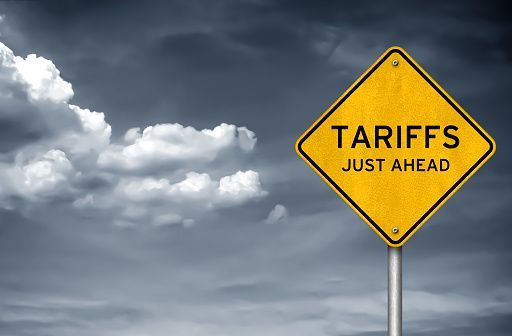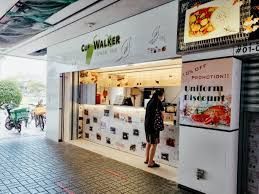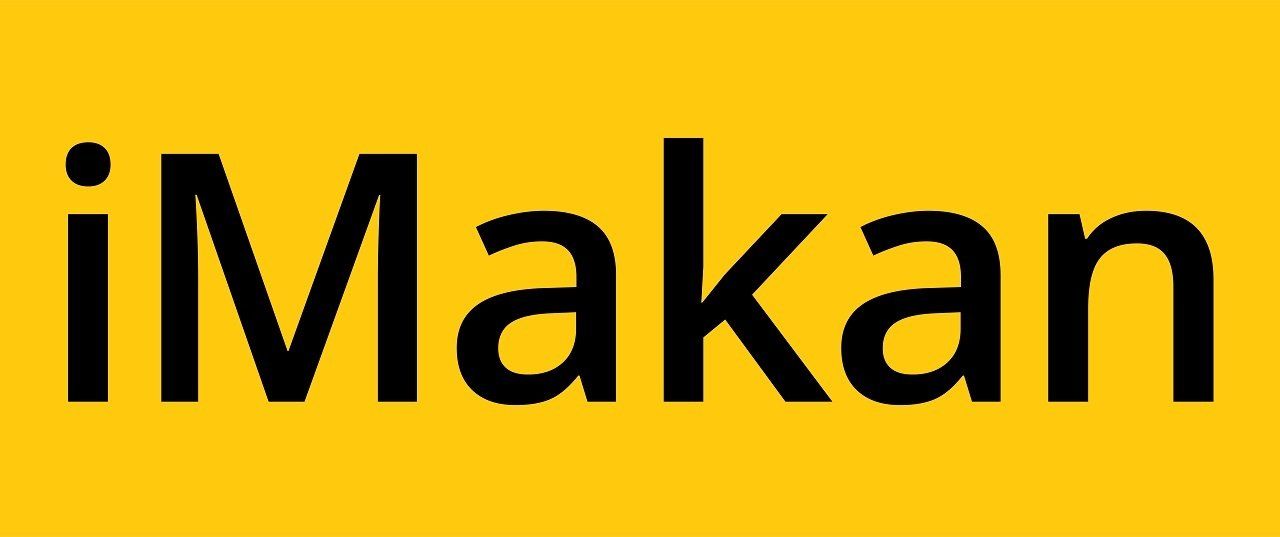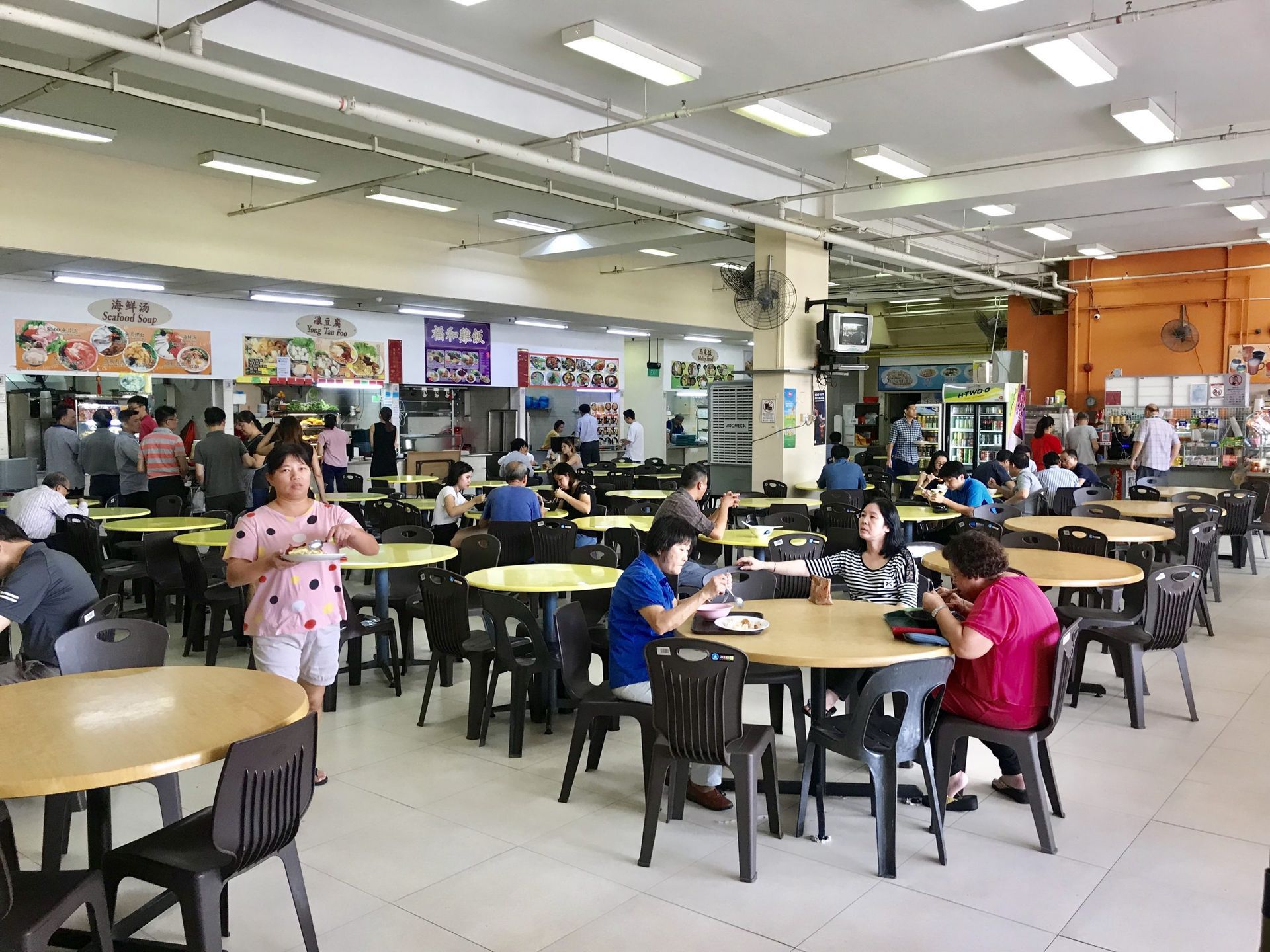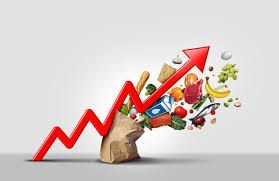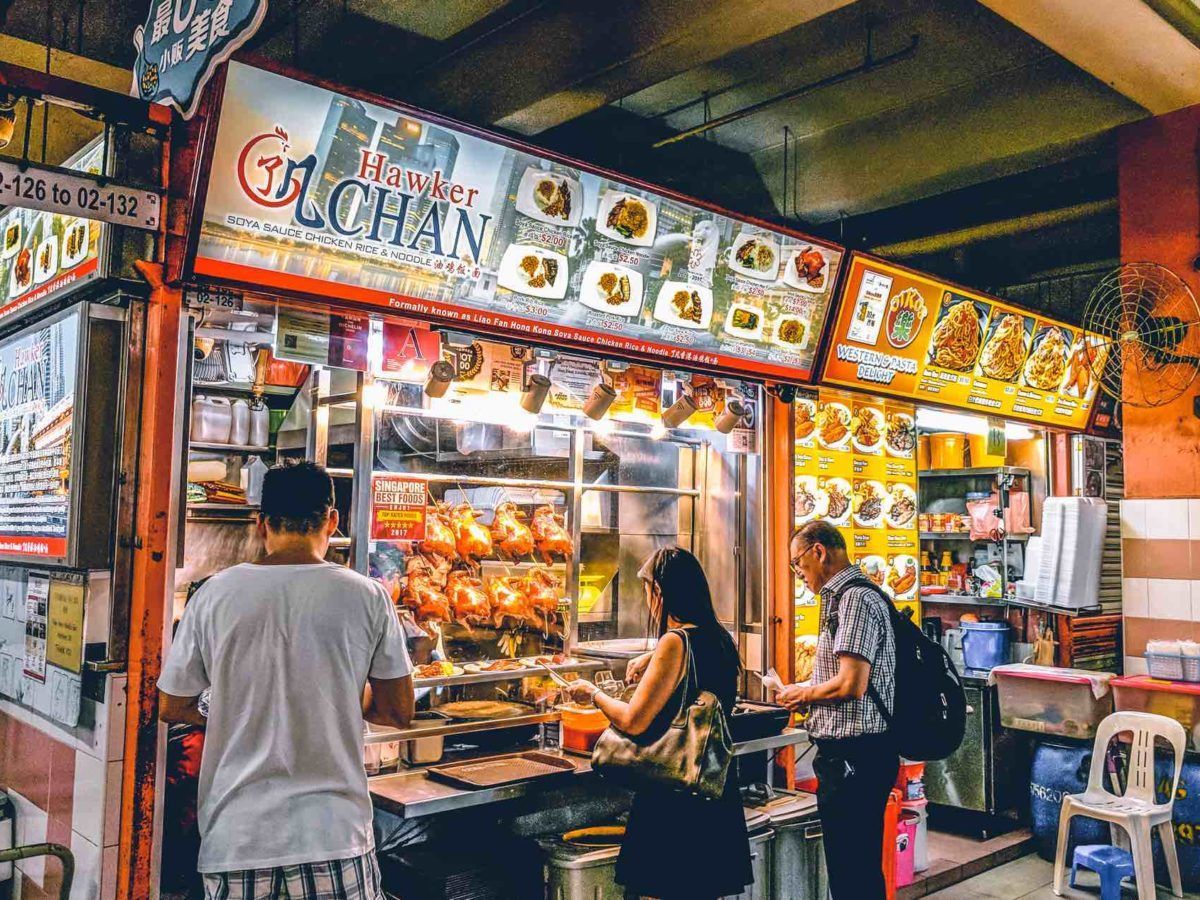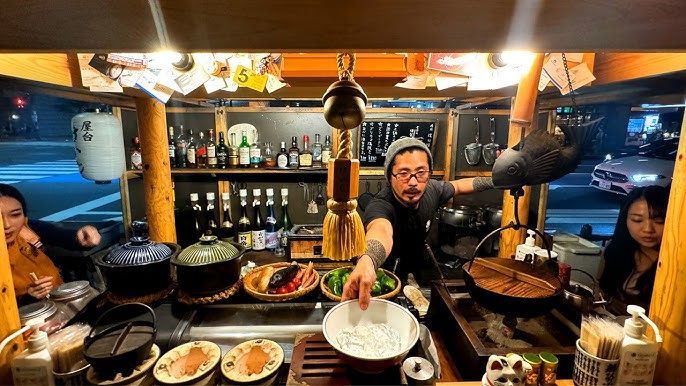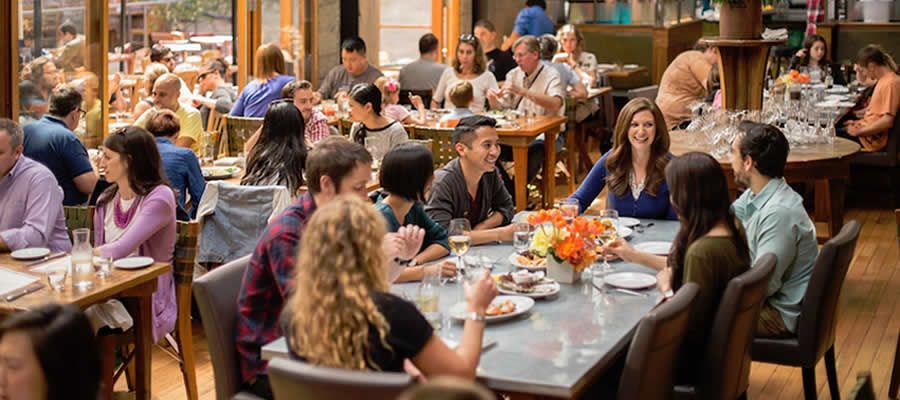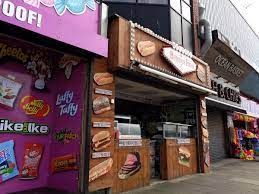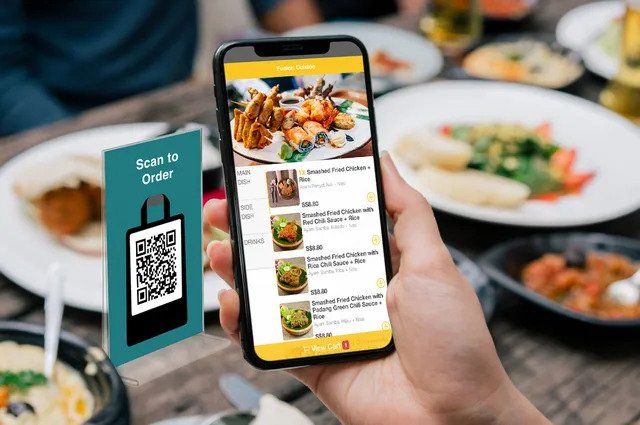In Singapore, cafes are not just about coffee and food, but also about creating an experience for patrons. As the cafe culture continues to thrive, owners should look for new F&B tech to stand out and cater to increasingly tech savvy younger generation. Implementing technology like self-ordering kiosks, QR ordering systems and more can significantly enhance operational efficiency and customer satisfaction. In this article, we'll dive into the essential solutions every cafe in Singapore should adopt to stay ahead in a competitive market.
Self-Ordering Kiosks: Revolutionizing Customer Service
Benefits of Self-Ordering Kiosks
Self-ordering kiosks have changed how customers prefer to place orders, even in cafes. Self ordering kiosks makes order taking quicker and reducing mistakes. Customers can take their time to look through the menu, making their experience more personal and less stressful, which makes them more likely to order more thus, increasing your average bill size. Also, self ordering kiosks let cafe owners add more ordering terminals without hiring more staff. This keeps costs down and makes sure that customers don't have to wait too long, which could contribute to bad customer experience.
Implementing Self-Ordering Kiosks
When implementing self ordering kiosks for your cafe, consider the placement for maximum visibility and ease of access. Additionally, ensure that the self ordering kiosk you decide to adopt has a user interface that is intuitive, able to display descriptions clearly display vibrant, high resolution images of your menu items. This will make ordering fuss free for your customers making them more likely to browse your menu and order more. Placing orders is just the first part of creating a seamless, pleasant customer experience during order taking. Offering multiple payment options, including contactless payments, is equally as important as it will cater to your cafe patrons' payment preferences and enhance the overall customer experience.
QR Ordering: The Future of Table Service
Enhancing Customer Experience with QR Ordering
QR ordering allows customers to scan a QR code at their table, or from anywhere around the shop, view the menu, and place their orders directly from their smartphones. This solution not only streamlines the ordering process but also empowers customers with the flexibility to place orders and add on orders at their convenience. QR ordering also reduces the pressure on your staff during busy periods, allowing them to focus on delivering quality service and engaging with customers.
Maximizing Efficiency with QR Ordering
To maximize the benefits of QR ordering, ensure that your menu is up-to-date and that the ordering platform is user-friendly. Integrating your QR ordering system with your kitchen display system (KDS) or kitchen printers can further streamline operations, ensuring that orders are promptly prepared and delivered.
Building Recurring Revenue with Customer Loyalty Solutions (CRM)
In the competitive cafe market of Singapore, establishing a loyal customer base is as crucial as serving the perfect cup of coffee. With the proliferation of cafes and coffee shops, owners must go beyond traditional marketing strategies to retain customers. Loyalty solutions offer a strategic advantage, encouraging repeat business by rewarding customers for their loyalty. Here's how cafes in Singapore can implement effective loyalty programs to enhance customer retention and satisfaction.
Customer loyalty programs are more than just a marketing tool; they're a commitment to customer satisfaction and long-term relationship building. The benefits are twofold: customers enjoy rewards and a personalized experience, while cafes benefit from increased frequency of visits and higher spending per visit. In the context of Singapore's vibrant cafe scene, a well-designed loyalty program can set your establishment apart, fostering a sense of community and belonging among your clientele.
Leveraging Social Media for Engagement and Promotion
In today's digital age, a strong online presence is crucial for any business. For cafes in Singapore, social media platforms offer an invaluable opportunity to connect with customers, showcase your offerings, and share updates about new menu items or promotions. Engaging content, such as behind-the-scenes looks, barista highlights, and customer testimonials, can help build a loyal community around your brand.
On top of that, consumers in Singapore these days rarely find cafes through their shop front. Instead, most consumers actually found the cafe online before heading down to give it a try, which is why having at least some online presence is important for Cafes in Singapore
Adopting Sustainable Practices
Sustainability is more than just a trend; it's a responsibility. Cafes can adopt eco-friendly practices such as using biodegradable packaging, sourcing ingredients locally, and minimizing food waste. These efforts not only contribute to environmental preservation but also resonate with customers who value sustainability.
Conclusion
Adopting these essential solutions can propel your cafe in Singapore to new heights. From enhancing customer experience with self-ordering kiosks and QR ordering to engaging with your community through social media and adopting sustainable practices, the path to success involves embracing technology and innovation. Stay ahead of the curve, and watch your cafe flourish in the heart of Singapore.
For cafes looking to stay competitive and innovative, integrating these solutions can lead to increased efficiency, higher customer satisfaction, and ultimately, success in the bustling cafe scene of Singapore.
iMakan is Singapore's trusted self ordering solution provider. We look to value add F&B owners in Singapore through informative knowledge sharing on our blogs and also through self ordering solutions such as self ordering kiosks, QR ordering and online ordering solutions. Click here to WhatsApp us or send an enquiry if you are in the market for self ordering solutions.
